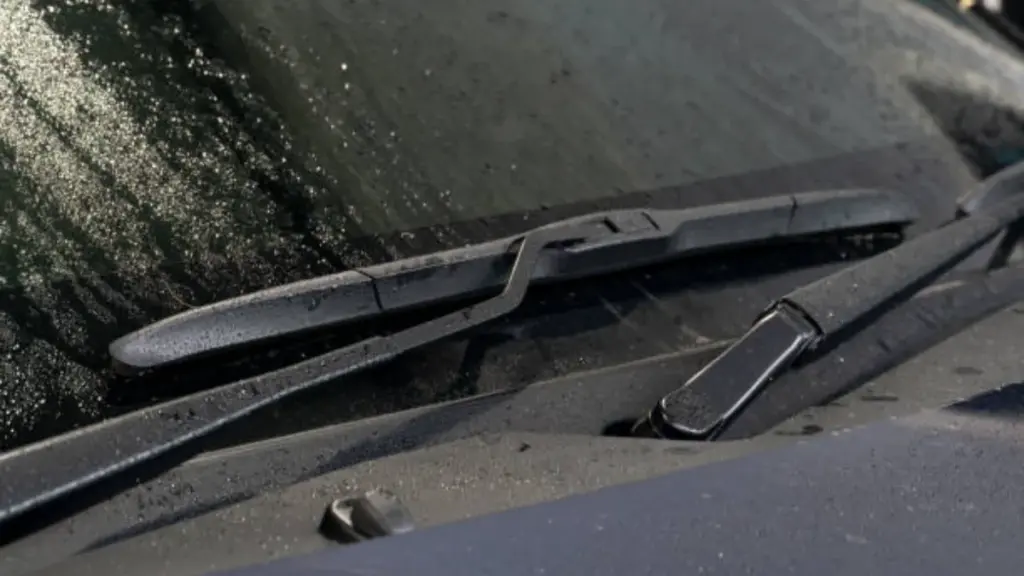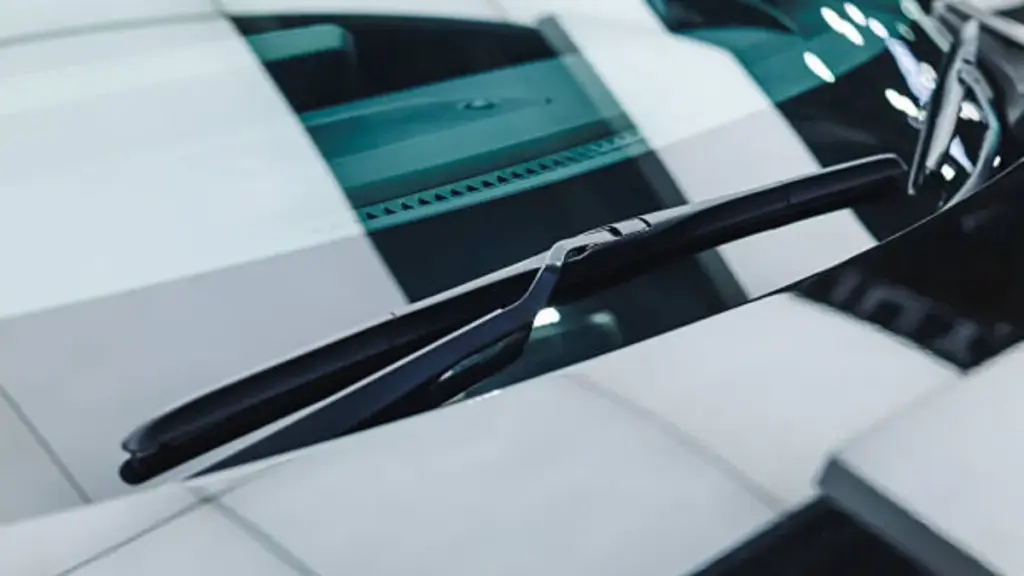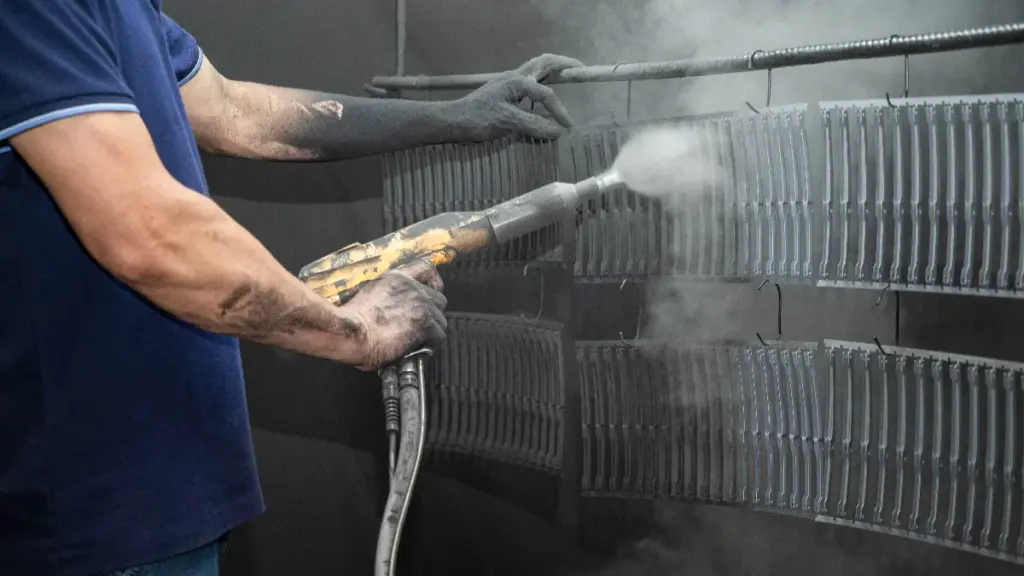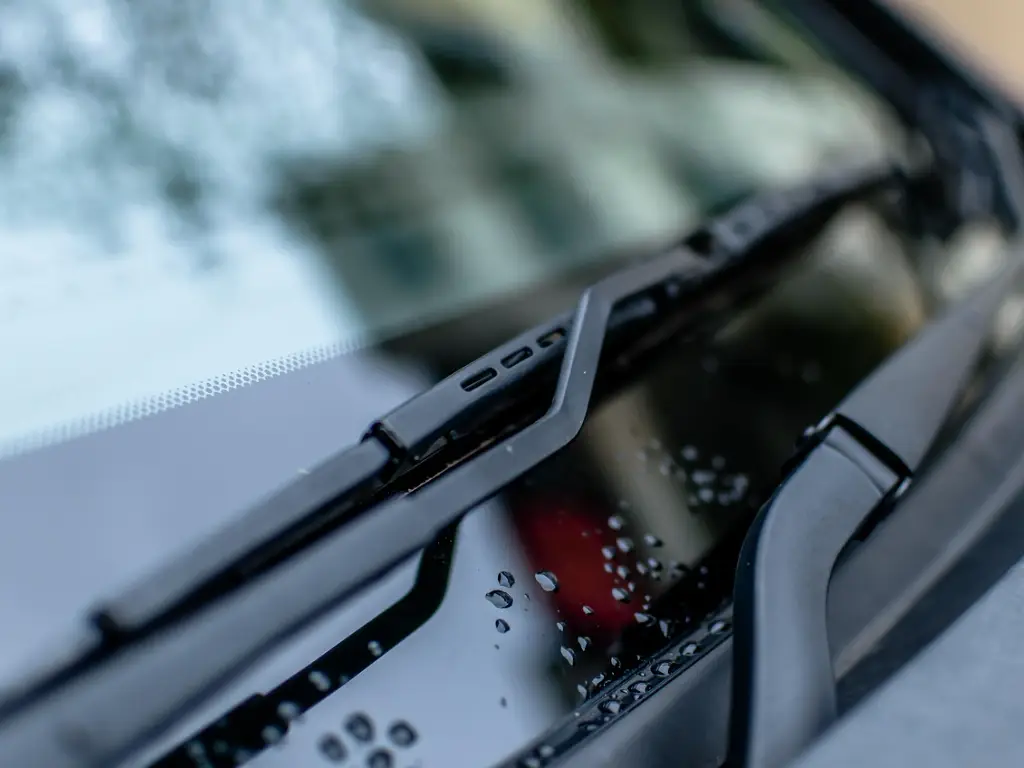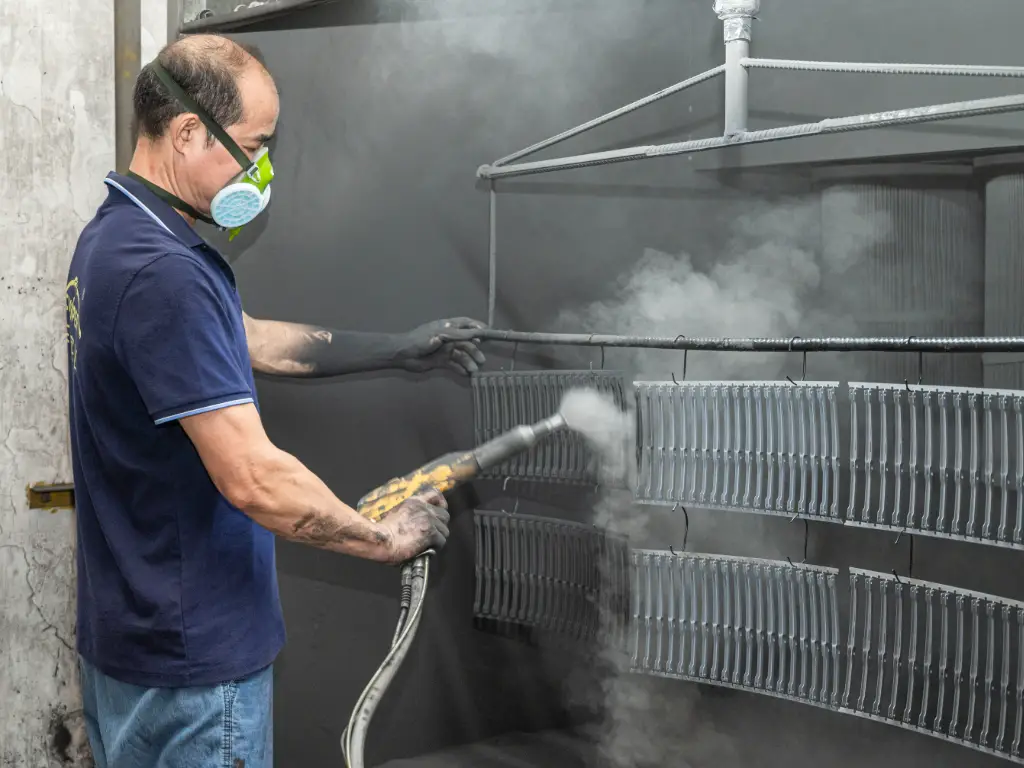Das Fahren bei regnerischem Wetter kann sich schnell von ruhig zu stressig wenden, wenn Ihre Scheibenwischerblätter mit Windschutzscheiben Schwierigkeiten haben, mitzuhalten. Die Sicherstellung einer klaren Sichtbarkeit ist für die Sicherheit von entscheidender Bedeutung, Viele übersehen jedoch die Bedeutung der Aufrechterhaltung dieser wesentlichen Komponenten. Mit dieser umfassenden Scheibenwischerblätter -Ersatzhandbuch führt Sie die einfachen Schritte, um Ihre Scheibenwischer effizient zu ersetzen. Sie werden auch häufige Fehler entdecken, die Sie vermeiden können, und wichtige Indikatoren, die für einen Ersatz angeben, ist Zeit für einen Ersatz.
Hier ist der Überblick über diesen Ersatzhandbuch:
- So ersetzen Sie Scheibenwischerblätter
- Wann soll Wischerblätter ersetzt werden
- Wie oft ersetzen Sie Wischerblätter
- Was zu vermeiden beim Ersatz zu vermeiden ist
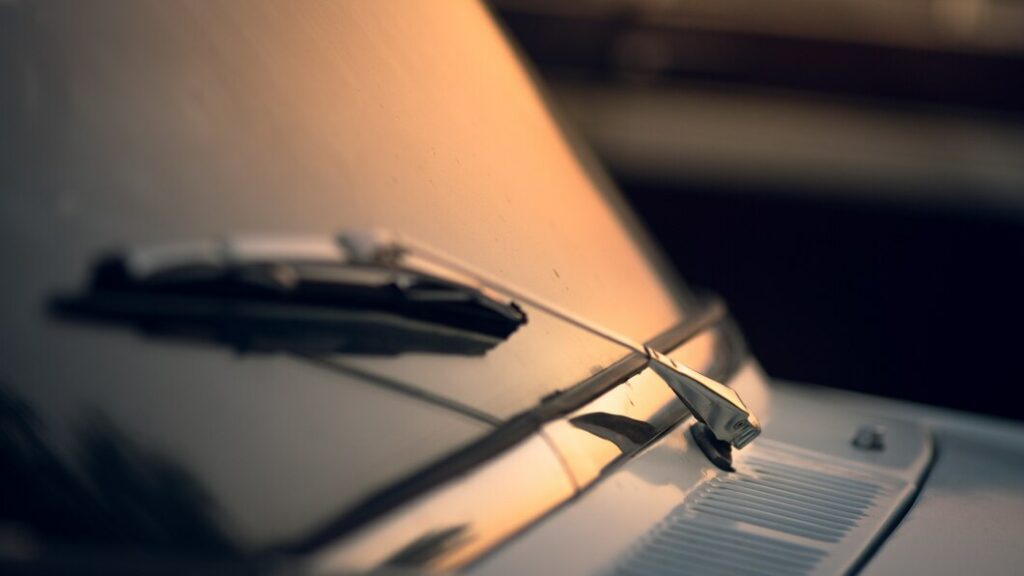
Scheibenwischerblätter: Wie man sie schnell und einfach ersetzt?

Das Ersetzen von Windschutzscheibenwischblättern kann sich entmutigend anfühlen, aber es muss nicht sein. Mit dem richtigen Ansatz und den Werkzeugen, Sie können diese Aufgabe in kürzester Zeit angehen. In diesem Abschnitt werden klare Schritte beschrieben, um verschiedene Arten von Wischblättern zu ersetzen, Stellen Sie sicher, dass Sie während der Fahrt eine optimale Sichtbarkeit wiederholen. Das Befolgen dieser Methoden erhöht nicht nur Ihre Sicherheit, sondern verlängert auch die Lebensdauer Ihrer Scheibenwischer.
Schritte zum Ersetzen von Windschutzscheibenwischer aus der Rückseite
- Erfassen Sie die notwendigen Werkzeuge: Sie können sicherstellen, ein weiches Tuch zum Reinigen, und ein Flachkopfschraubendreher, falls erforderlich für Freisetzungsmechanismen.
- Heben Sie den Wischerarm an: Dann können Sie den Scheibenwischarm vom Heckfenster wegziehen, bis er in einem 90-Grad-Winkel sperrt. Diese Position bietet vollen Zugriff auf die Klinge und verhindert, dass sie zurückschnappt.
- Suchen Sie den Freisetzungsmechanismus: Die meisten Back -Scheiben -Registerkarten bieten eine Release -Registerkarte, Normalerweise ein Knopf oder Hebel an der Unterseite der Klinge liegt. Sie können sich mit dem Mechanismus vertraut machen, da es zwischen Modellen variieren kann.
- Entfernen Sie die alte Klinge: Sie können die Release -Registerkarte fest drücken, während Sie die alte Wischerblatt vorsichtig vom Arm schieben. Wenn zu viel Kraft angewendet wird, kann der Verbindungspunkt beschädigt werden, Ein sanfter, aber stetiger Druck ist also entscheidend.
- Befestigen Sie die neue Klinge: Sie können die neue Klinge mit dem Wischwischarm ausrichten. Dann, um es auf den Arm zu schieben, bis Sie einen eindeutigen Klick hören, Angeben, dass es sicher beigefügt ist. Es ist wichtig sicherzustellen, dass die Klinge für eine optimale Leistung korrekt ausgerichtet ist, Als falsche Ausrichtung kann zu ineffektivem Ablenken führen.
- Den Scheibenwischarm senken: Senken Sie den Scheibenwischarm vorsichtig zurück gegen das Fenster. Stellen Sie sicher, dass es sich bündig gegen das Glas befindet, um Lücken zu vermeiden, die Funktionalität beeinträchtigen könnten.
- Testen Sie den Scheibenwischer: Endlich, Sie können den hinteren Scheibenwischer aktivieren, um sicherzustellen, dass er reibungslos funktioniert. Überprüfen Sie, ob Sie Streifen oder Überspringen haben; Eine effektive Klinge sollte ein klares Erstellen, ungehinderte Ansicht.
Schritte, um Hakenwischerblätter zu ersetzen
- Bereiten Sie Ihre Werkzeuge vor: Sammeln Sie die neuen Wischerblätter im Hook-Stil und ein weiches Tuch für die notwendige Reinigung.
- Heben Sie den Wischerarm an: Ziehen Sie den Scheibenwischerarm von der Windschutzscheibe weg, bis er in einem 90-Grad-Winkel sperrt. Diese Position ermöglicht einen einfachen Zugang, ohne dass der Arm oder die Windschutzscheibe beschädigt wird.
- Identifizieren Sie den Hakenmechanismus: Untersuchen Sie die Wischerblattverbindung. Hakenwischer verfügen über einen U-förmigen Anhang. Das Verständnis dieses Designs ist für einen erfolgreichen Ersatz von wesentlicher Bedeutung.
- Lösen Sie die alte Klinge: Heben Sie die Scheibenwischerklinge vom Haken an, indem Sie ihn zu Ihnen ziehen. Abhängig vom Modell, Möglicherweise müssen Sie dabei eine Release -Registerkarte quetschen. Wenn Widerstand auftritt, Stellen Sie den Winkel der Klinge leicht ein, um das Entfernen leichter zu entfernen.
- Befestigen Sie die neue Klinge: Positionieren Sie die neue Klinge über den Haken, Stellen Sie sicher, dass es mit dem Bindungspunkt übereinstimmt. Die Klinge sollte eng im Haken sitzen; Eine lockere Passform kann während der Fahrt zu Ablösung führen.
- Den Scheibenwischarm senken: Geben Sie den Scheibenwischarm sanft in die Windschutzscheibe zurück, Sicherstellen, dass es bündig gegen das Glas ist. Der Winkel, in dem der Scheibenwischer die Windschutzscheibe trifft.
- Funktionalität überprüfen: Testen Sie die neue Klinge, indem Sie die Scheibenwischer aktivieren. Eine ordnungsgemäß installierte Klinge sollte leise und effizient arbeiten, Das Glas klären, ohne Streifen oder Lücken zu hinterlassen.
Schritte zum Ersetzen von J -Haken -Windschutzscheiben -Scheibenwischern
- Werkzeuge sammeln: Stellen Sie sicher.
- Heben Sie den Wischerarm an: Ziehen Sie den Scheibenwischarm direkt aus der Windschutzscheibe, bis er in einer vertikalen Position einschließt.
- Identifizieren Sie den J -Haken: Überprüfen Sie den Verbindungspunkt; Die J-Hook-Form sollte sichtbar und klar sein.
- Entfernen Sie die alte Klinge: Schieben Sie die alte Wischerblatt vom J-Hook, indem Sie ihn nach unten ziehen. Wenn es eng ist, Drehen Sie die Klinge leicht, um sie zu lösen.
- Bereiten Sie die neue Klinge vor: Richten Sie die neue J-Hook-Klinge aus.
- Befestigen Sie die neue Klinge: Schieben Sie die neue Klinge auf das J-Hook, bis Sie einen Klick hören, bestätigen, dass es sicher an Ort und Stelle gesperrt ist.
- Den Scheibenwischarm senken: Senken Sie den Scheibenwischarm vorsichtig zurück auf die Windschutzscheibe, Wenn Sie sicherstellen, dass die Klinge sogar Kontakt mit dem Glas hat.
- Überprüfen Sie den Betrieb: Aktivieren Sie die Scheibenwischer, um zu bestätigen, dass sie reibungslos funktionieren. Die neue Klinge sollte die Windschutzscheibe effektiv klären, ohne Streifen zu hinterlassen.
Häufige Fehler, die Sie vermeiden sollten, wenn Scheibenwischer ersetzt werden
Das Ersetzen von Windschutzscheibenwischern ist eine wesentliche Wartungsaufgabe, Es ist jedoch einfach, Fehler zu machen, die Sicherheit und Leistung beeinträchtigen können. Hier sind einige häufige Fehler:
- Wählen Sie die falsche Größe: Einer der häufigsten Fehltritte ist die Auswahl der Wischerblätter der falschen Größe. Jedes Fahrzeugmodell erfordert spezifische Klingenlängen für eine optimale Abdeckung. Wenden Sie sich immer an das Handbuch Ihres Bedieners oder eine seriöse Quelle, um die genauen Größen für Ihr Fahrzeug zu finden.
- Vernachlässigen Sie den hinteren Scheibenwischer: Viele Menschen konzentrieren sich ausschließlich auf die vorderen Scheibenwischer und vergessen die hintere Scheibenwischerklinge. Wenn Ihr Fahrzeug einen Heckwischer hat, Es ist entscheidend, es auch zu ersetzen, Besonders bei schlechtem Wetter. Eine klare Rückansicht ist genauso wichtig für ein sicheres Fahren.
- Ignorieren Sie den Anhangstyp: Unterschiedliche Fahrzeuge verwenden verschiedene Befestigungsstile, wie Haken, Stift, oder Bajonetthalterungen. Wenn Sie den richtigen Typ nicht identifizieren, kann dies zu einer unsachgemäßen Installation führen. Überprüfen Sie immer den Befestigungsmechanismus, bevor Sie neue Klingen kaufen, um die Kompatibilität zu gewährleisten.
- Wartung übersehen: Es ist unerlässlich, Ihre Wischerblätter regelmäßig zu inspizieren und zu reinigen. Schmutz und Trümmer können Verschleiß verursachen, was zu einer verringerten Wirksamkeit führt. Die Vernachlässigung der Wartung kann dazu führen, dass die Klingen häufiger ersetzen müssen.
- Vergessen Sie nach der Installation zu testen: Nach dem Austausch der Klingen, Manche Leute überspringen sie, um sie zu testen. Führen Sie immer die Scheibenwischer durch, um sicherzustellen, dass sie reibungslos und effektiv die Windschutzscheibe löschen. Dieser Schritt bestätigt, dass die Installation erfolgreich war und die Klingen korrekt funktionieren.
- Kaufe billige Klingen: Die Entscheidung für kostengünstige Klingen scheint ein gutes Geschäft zu sein, aber ihnen fehlt ihnen oft Haltbarkeit und Leistung. Die Investition in hochwertige Scheibenwischerblätter wird sich langfristig auszahlen, da sie eine bessere Sichtbarkeit bieten und länger dauern.
- Nicht in Betracht ziehen die Wetterbedingungen: Die Auswahl von Klingen ohne Betrachtung Ihres örtlichen Wetters kann ein Fehler sein. Zum Beispiel, Wenn Sie in einer Gegend mit starkem Regen oder Schnee leben, Die Auswahl von All-Saison-Klingen oder solchen, die für bestimmte Bedingungen ausgelegt sind, verbessert die Leistung.
- Professionelle Unterstützung überspringen: Wenn Sie sich über den Installationsprozess nicht sicher sind, Es ist besser, professionelle Hilfe zu suchen, als zu versuchen, sie selbst falsch zu machen. Ein Fachmann kann sicherstellen, dass die Klingen ordnungsgemäß angepasst werden und Ratschläge zu den besten Optionen für Ihr Fahrzeug geben.
Wischblätter: Wann ersetzen und wie man es erzählt?

Scheibenwischerblätter für Automobilersatz sollten nicht übersehen werden, Da spielen sie eine wichtige Rolle in Ihrer Sicherheit, Besonders bei unerwünschten Wetterbedingungen. Hier sind wichtige Indikatoren, dass es Zeit für einen Ersatz ist:
- Sichtbare Abnutzung: Überprüfen Sie regelmäßig Ihre Wischerblätter auf Anzeichen von Schäden, wie Risse, Spaltungen, oder ausfransen Gummi. Wenn Sie einen körperlichen Abbau bemerken, Es ist Zeit, den Ersatz in Betracht zu ziehen. Beschädigte Klingen stellen keinen vollen Kontakt mit der Windschutzscheibe auf, führt zu einer schlechten Wischleistung.
- Streifen oder Schmieren: Wenn Ihre Scheibenwischer nach dem Gebrauch Streifen oder Abstriche auf dem Glas lassen, Sie können abgenutzt sein. Wirksame Klingen sollten eine klare Sichtweise bieten, ohne Rückstände zu verlassen. Streifen kann darauf hinweisen, dass der Gummi nicht mehr flexibel genug ist, um sich der Oberfläche der Windschutzscheibe anzupassen.
- Lauter Betrieb: Wenn Ihre Scheibenwischer quietschen, Geschwätz, oder andere ungewöhnliche Geräusche im Betrieb machen, Es signalisiert oft, dass sie nicht glatt über das Glas gleiten. Dies kann an gehärteten Gummi oder Schmutz zwischen der Klinge und der Windschutzscheibe zurückzuführen sein, Beide deuten darauf hin, dass es Zeit zum Ersatz ist.
- Überspringen oder Springen: Wenn Scheibenwischer über die Windschutzscheibe springen, anstatt den vollen Kontakt aufzunehmen, Dies kann ihre Wirksamkeit beeinträchtigen. Dieses Problem tritt häufig auf, wenn der Gummi seine Form verhärtet oder verloren hat. Wenn Sie dies erleben, Erwägen Sie die Installation neuer Scheibenwischerblätter für Automobilersatz.
- Seltener Gebrauch: Auch wenn Sie nicht oft bei schlechtem Wetter fahren, Wischerblätter können sich im Laufe der Zeit weiter verschlechtern, da UV -Strahlen und Temperaturschwankungen ausgesetzt sind. Wenn Ihre Klingen über sechs Monate alt sind, Es ist ratsam, ihren Zustand zu bewerten, Unabhängig von der Nutzung.
- Wetterbedingungen: Harte Wetterbedingungen, wie starker Regen, Schnee, oder Eis, kann den Verschleiß von Scheibenwischblättern beschleunigen. Nach einer Saison extremes Wetter, Es ist eine gute Idee, Ihre Klingen zu überprüfen und sie zu ersetzen, wenn sie Anzeichen von Schäden oder reduzierter Leistung aufweisen.
- Zeitrahmen: In der Regel, Windschutzscheibenwischerblätter sollten alle sechs bis zwölf Monate ersetzt werden. Wenn Sie einen Ersatzplan beibehalten, können Sie nicht in schlechten Sichtsituationen gefangen werden.
Wischblätter: Wie oft ersetzen?
Wischerblätter sollten in der Regel alle sechs bis zwölf Monate ersetzt werden, um eine optimale Leistung und Sicherheit zu erhalten. Wenn Sie häufig unter widrigen Wetterbedingungen fahren oder wenn in Ihrer Region extreme saisonale Änderungen erfährt, Erwägen Sie, sie alle drei bis sechs Monate zu ersetzen.
Wo ist der beste Ort, um Windschutzscheibenwischer auszusetzen?
Die Auswahl des richtigen Ortes für den Austausch von Windschutzscheibenwischer kann die Qualität und Langlebigkeit der Klingen erheblich beeinflussen. Hier sind einige der besten Optionen zu berücksichtigen:
- Automobilhändler und Lieferanten: Autorisierte Händler und Lieferanten mögen CLIPPER bieten hochwertige, OEM (Erstausrüster) Wischerblätter, die den Spezifikationen Ihres Fahrzeugs entsprechen. Diese Option kann zwar teurer sein, Es stellt sicher, dass Sie Klingen erhalten, Oft mit Experteninstallation.
- Autoteilegeschäfte: Lokale Autoteilegeschäfte sind eine bequeme Wahl für den Kauf von Scheibenwischblättern. Sie haben normalerweise eine große Auswahl an Marken und Typen, So können Sie Funktionen und Preise vergleichen. Viele Geschäfte bieten auch kostenlose Installationsdienste an, Machen Sie es einfach, die richtigen Klingen ohne Probleme zu bekommen.
- Nationale Kettenhändler: Große Einzelhändler, wie Walmart oder Autozone, häufig wettbewerbsfähige Preise und eine breite Auswahl an Wischblättern haben. Diese Geschäfte bieten in der Regel Installationsdienste an, und ihre Mitarbeiter können Sie bei der Auswahl der entsprechenden Klingen für Ihr Fahrzeug unterstützen.
- Online -Händler: Online einkaufen kann eine Fülle von Optionen zu wettbewerbsfähigen Preisen bieten. Websites wie Amazon oder Specialized Auto Parts -Websites ermöglichen es Ihnen, Bewertungen zu lesen und verschiedene Marken und Funktionen zu vergleichen. Stellen Sie einfach sicher, dass Sie vor dem Kauf die richtige Größe und die richtige Größe und die richtigen für Ihr Fahrzeug eingeben.
- Lokale Mechaniker oder Autogeschäfte: Unabhängige Mechaniker oder Auto -Reparaturwerkstätten können eine zuverlässige Option für den Austausch von Windschutzscheibenscheiben sein. Viele haben Erfahrung mit verschiedenen Fahrzeugtypen und können persönliche Empfehlungen basierend auf Ihren spezifischen Bedürfnissen geben. Diese Route bietet häufig den Vorteil eines vertrauenswürdigen Service und wettbewerbsfähigen Preisen.
- Mobile Dienste: Einige mobile Mechaniker oder Fachdienste kommen zu Ihrem Standort für Windschutzscheibenwischerersatz zu Ihrem Standort. Mit dieser Bequemlichkeit können Sie die Arbeit erledigen, ohne Ihr Zuhause oder Büro zu verlassen, was für vielbeschäftigte Menschen besonders vorteilhaft sein kann.
Abschluss
Zusammenfassend, Regelmäßige Wartung und rechtzeitiger Austausch Ihrer Scheibenwischerblätter sind für ein sicheres Fahren von entscheidender Bedeutung. Befolgen Sie die Erkenntnisse in diesen Scheibenscheibenwischerblätterersatzhandbuch, Sie sind gut ausgestattet, um die Sichtbarkeit und Leistung Ihres Fahrzeugs zu verbessern. Warten Sie nicht, bis der nächste Sturm zuschlägt - überprüfen Sie noch heute Ihre Scheibenwischer und stellen Sie sicher, dass Sie immer auf das Wetter vorbereitet sind, das Ihnen in den Weg kommt.

